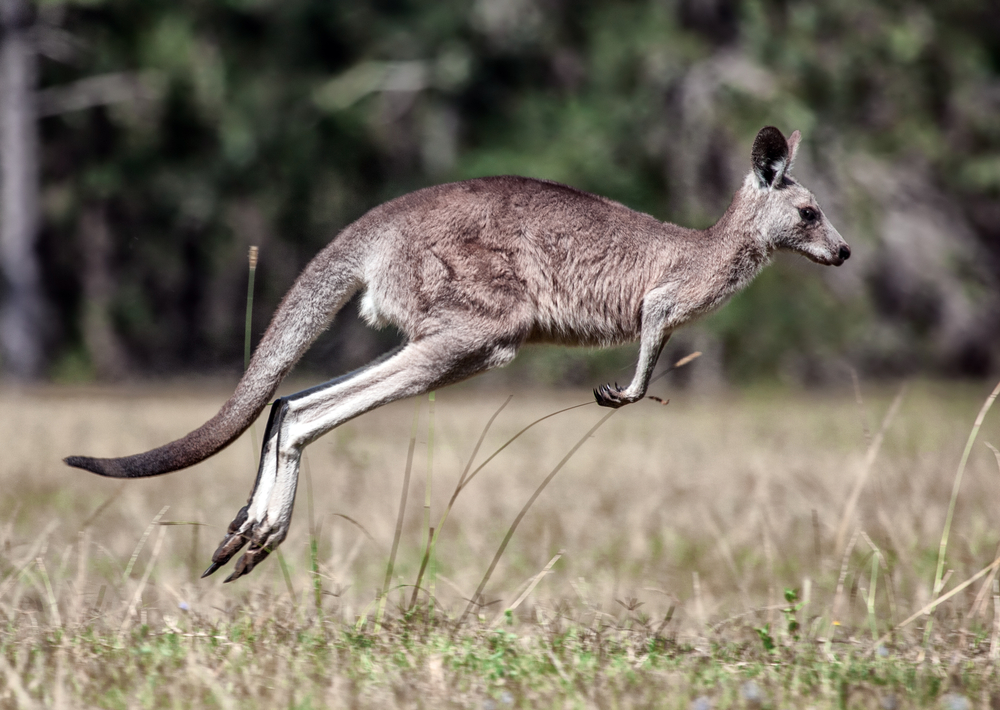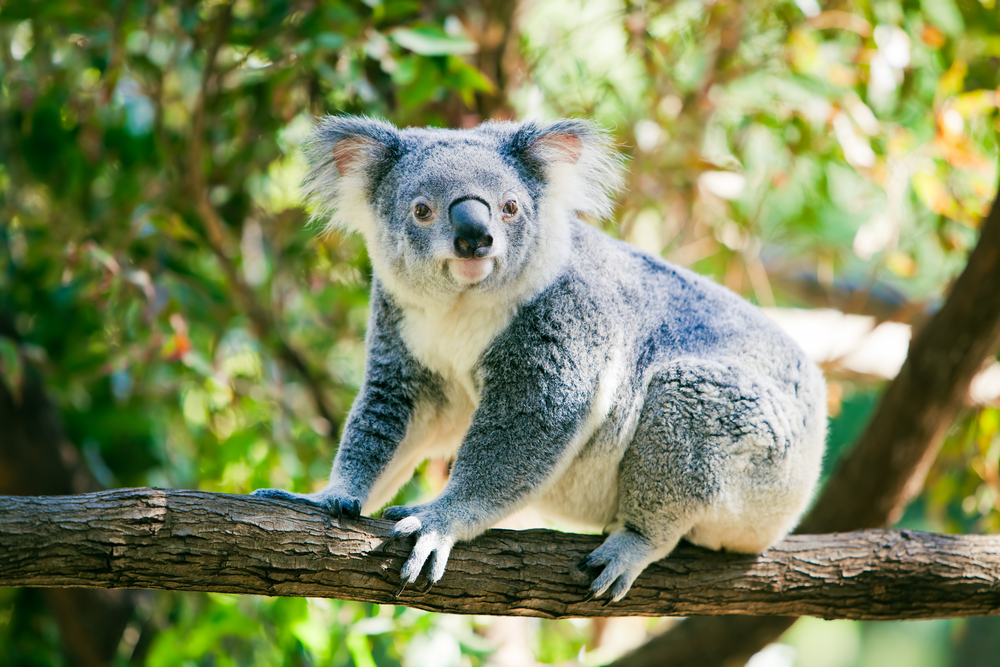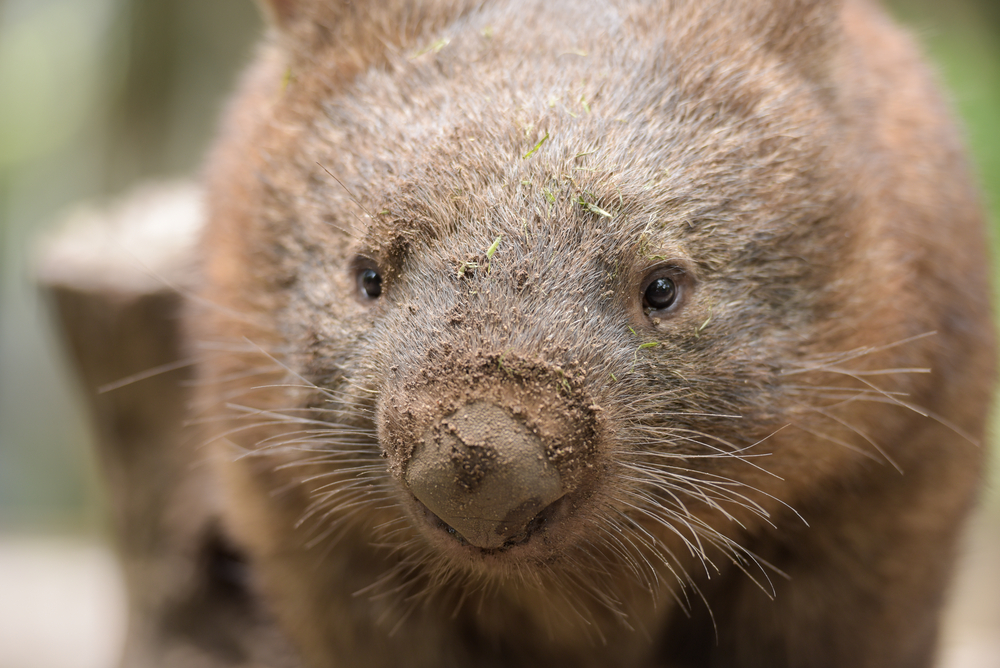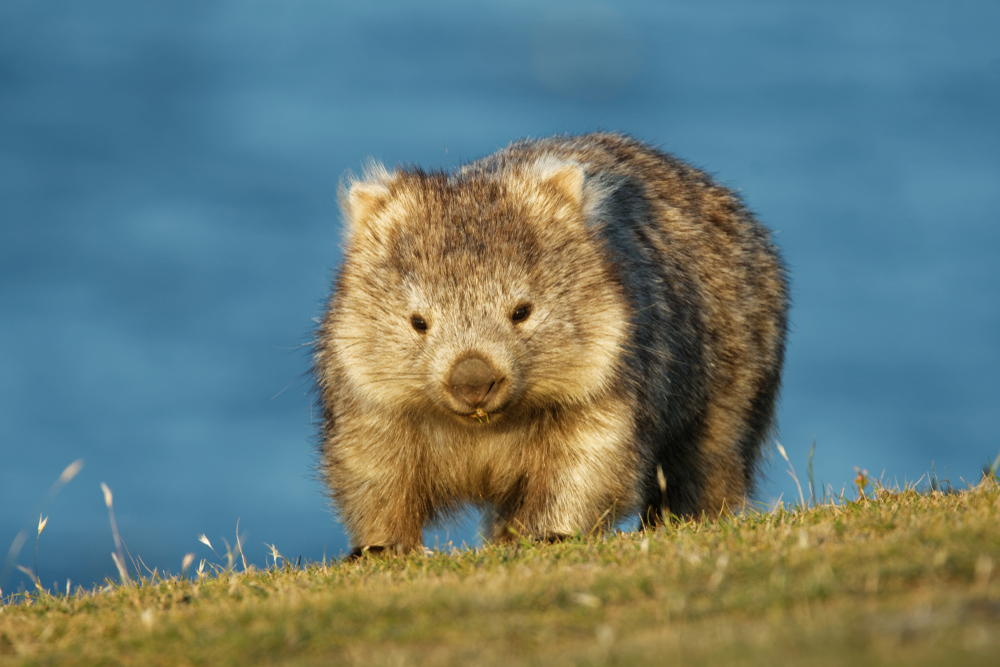The species most closely related to the wombat are other members of the marsupial order Diprotodontia, particularly the koala. Koalas share several similarities and a close evolutionary relationship with wombats:
- Taxonomic Relation: Both wombats and koalas belong to the order Diprotodontia, which is characterized by having two large forward-facing incisors in the lower jaw. Within this order, they are part of the suborder Vombatiformes.
- Diet and Digestion: Like wombats, koalas have a specialized diet. While wombats primarily eat grasses and roots, koalas feed exclusively on eucalyptus leaves. Both have adapted to digest tough, fibrous plant material and have an extended digestion process to extract necessary nutrients.
- Physical Adaptations: Both species have developed physical features that suit their respective lifestyles. Wombats are adapted for burrowing with powerful limbs and sharp claws, while koalas have strong limbs and claws for climbing trees.
- Reproductive Traits: As marsupials, both wombats and koalas give birth to undeveloped young, which continue to grow in a pouch. The backward-facing pouch of the wombat is a unique adaptation among marsupials, while koalas have a more typical forward-facing pouch.
- Australian Habitat: Both are native to Australia and have adapted to specific habitats within the continent. Wombats are ground-dwelling and found in a range of environments, whereas koalas are arboreal, living primarily in eucalyptus forests.
While koalas are the closest relatives to wombats, it’s important to note that they have distinct lifestyles and ecological niches. The similarities they share are largely due to their common marsupial ancestry and evolutionary adaptations to the Australian environment.














































































